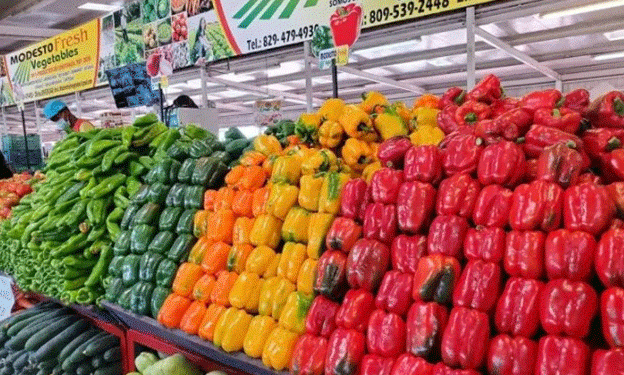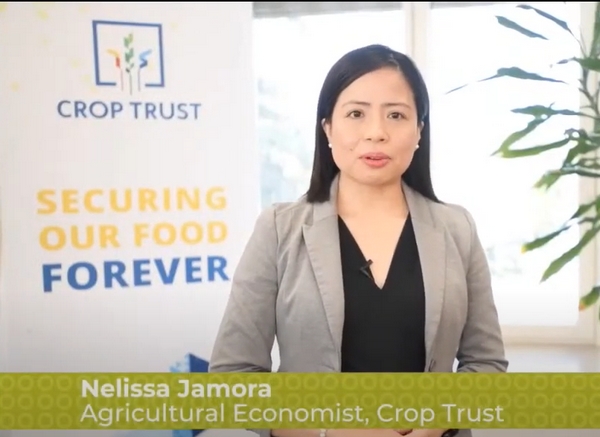The Dominican Republic’s agriculture sector is celebrating a milestone in greenhouse vegetable production, marking a record increase in controlled-environment farming. The Ministry of Agriculture reported a rise from 8.94 million square meters of greenhouse cultivation in 2020 to over 10.5 million square meters by the end of 2024. This expansion of 1,593,433 square meters has significantly enhanced the nation’s ability to produce vegetables year-round, reducing reliance on imports and improving food security.
A Surge in Productivity
According to Minister of Agriculture Limber Cruz, monthly greenhouse vegetable production skyrocketed from 12.2 million pounds in 2020 to more than 22 million pounds in 2024—a remarkable increase of 9.8 million pounds. This growth reflects the government’s strategic investments in expanding sowing areas, supporting local producers, and implementing forward-thinking agricultural policies under President Luis Abinader’s leadership.
The increase in production has been accompanied by a 14% overall rise in agricultural output. An additional 1.37 million tasks (traditional land measurement in the Dominican Republic) have been brought into cultivation, further solidifying the country’s position as a leader in greenhouse farming in the Caribbean region.
Benefits of Greenhouse Cultivation
Greenhouse farming offers numerous advantages, particularly in tropical climates like the Dominican Republic. These include:
- Consistent Yields: Greenhouses protect crops from unpredictable weather, ensuring stable production throughout the year.
- Pest and Disease Control: Controlled environments reduce the need for chemical pesticides, promoting healthier crops.
- Water Efficiency: Advanced irrigation systems used in greenhouses optimize water usage, a critical benefit in areas with limited resources.
- Higher Quality Produce: Greenhouse-grown vegetables often boast better flavor, texture, and shelf life due to precise control over growing conditions.
Key Crops and Economic Impact
The primary crops produced in greenhouses include tomatoes, bell peppers, cucumbers, and lettuce, all of which contribute significantly to the domestic and export markets. By increasing greenhouse capacity, the Dominican Republic not only meets domestic demand but also strengthens its position in international markets, boosting the economy and creating jobs for local communities.
Government Support and Future Plans
The government has played a pivotal role in driving this success by providing financial aid, technical training, and access to advanced farming technologies. Minister Cruz emphasized the importance of continuing this trajectory, with plans to further expand greenhouse capacity and promote sustainable farming practices. These efforts align with global goals of achieving food security while minimizing environmental impact.
The Dominican Republic’s record-breaking achievements in greenhouse vegetable production highlight the transformative power of controlled-environment agriculture. Through strategic investments and forward-thinking policies, the nation is not only addressing its food security needs but also setting an example for sustainable agricultural growth in the region.










